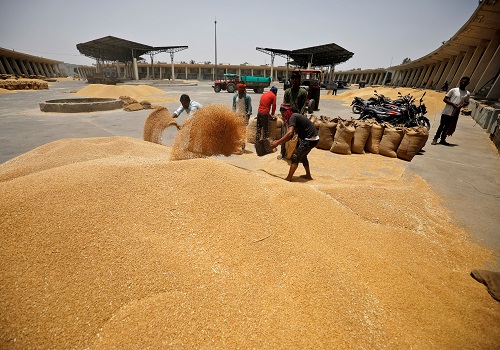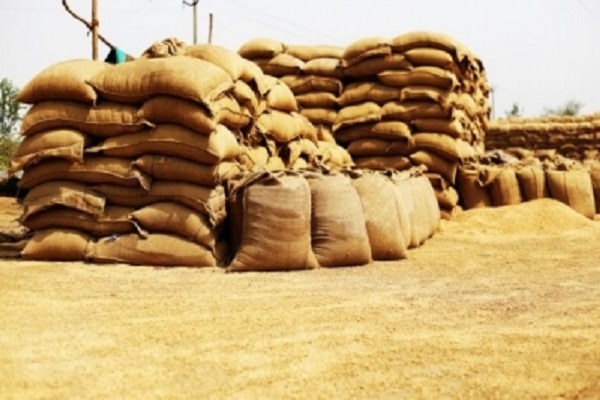U.S. and Global Wheat Outlook 2024/25: Record Supplies and Higher Ending Stocks By Amit Gupta , Kedia Advisory

The 2024/25 outlook for U.S. wheat forecasts increased supplies, domestic use, exports, and ending stocks, driven by higher production and beginning stocks. Global wheat production is also set to rise, with significant contributions from Pakistan and Canada. This results in stable global trade and higher ending stocks worldwide. The U.S. season-average farm price is expected to decline due to higher stocks and lower projected corn prices.
Highlights of the 2024/25 U.S. Wheat Outlook
Increased Wheat Production and Beginning Stocks: The outlook for U.S. wheat in 2024/25 shows larger supplies due to increased production and higher beginning stocks. Wheat production is raised by 134 million bushels, totaling 2,008 million.
Spring Wheat and Durum Production: Survey-based forecasts for other spring wheat and Durum indicate production increases from last year, with 578 million and 89 million bushels respectively. Winter wheat production is also forecast higher at 1,341 million bushels.
Higher Beginning Stocks: Beginning stocks are raised based on the June 1 NASS Grain Stocks report. This increase in stocks contributes to the overall rise in wheat supplies for the 2024/25 period.
Lowered Wheat Imports: Wheat imports are projected to decrease by 15 million bushels, bringing the total to 105 million bushels. This reduction reflects the larger domestic supplies available.
Increased Feed and Residual Use: Feed and residual use is forecast to rise by 10 million bushels, reaching 110 million bushels. This increase is attributed to the larger available wheat supplies.
Higher Wheat Exports: U.S. wheat exports are projected to increase by 25 million bushels, totaling 825 million bushels. The rise in exports is supported by the larger supplies.
Rising Ending Stocks: Projected ending stocks for 2024/25 are raised by 98 million bushels to 856 million. This marks a 22 percent increase from the previous year and represents the highest level in five years.
Season-Average Farm Price Decline: The 2024/25 season-average farm price is forecast to decrease by $0.80 per bushel, reaching $5.70. This reduction is due to higher stocks, recent declines in futures and cash prices, and lower projected U.S. corn prices.
Global Wheat Outlook for 2024/25
Global Supply Increase: The global wheat outlook shows larger supplies, with an increase of 6.9 million tons to a total of 1,057.2 million. This increase is driven by higher beginning stocks and production in several countries.
Increased Production in Pakistan and Canada: Pakistan's production is forecast to reach a record 31.4 million tons, while Canada's production is increased to 35.0 million tons due to improved moisture conditions.
Higher Global Consumption: Global wheat consumption is raised by 1.9 million tons to 799.9 million, driven by increased food, seed, industrial use, and feed and residual use in several countries.
Stable Global Trade: World wheat trade is projected to remain virtually unchanged at 212.9 million tons. Higher exports from the U.S., Canada, and Pakistan are nearly offset by reductions in the EU, Turkey, and Uzbekistan.
Rising Global Ending Stocks: Projected global ending stocks for 2024/25 are raised by 5.0 million tons to 257.2 million. Increases in the U.S., China, Argentina, Pakistan, and Canada more than offset reductions in Russia, the EU, and Iran.
Conclusion
The 2024/25 wheat outlook paints a positive picture for both U.S. and global wheat supplies. Increased production and higher beginning stocks in key regions are bolstering the supply side. Despite increased consumption, the rise in ending stocks indicates a strong buffer for future needs. The projected decline in the U.S. season-average farm price reflects the ample supply and competitive market conditions. Overall, the wheat market is poised for stability and growth in the upcoming year.
























